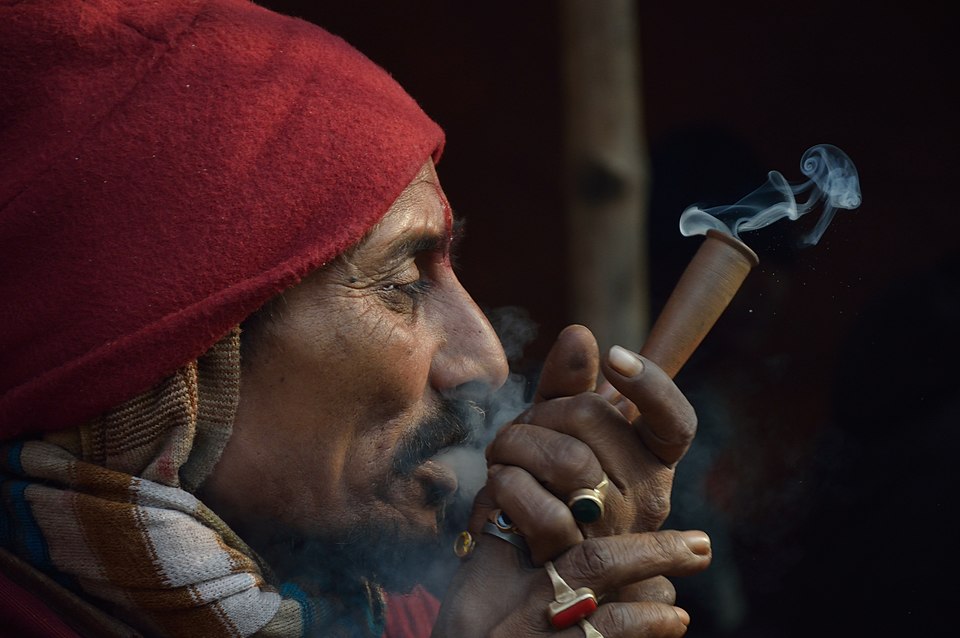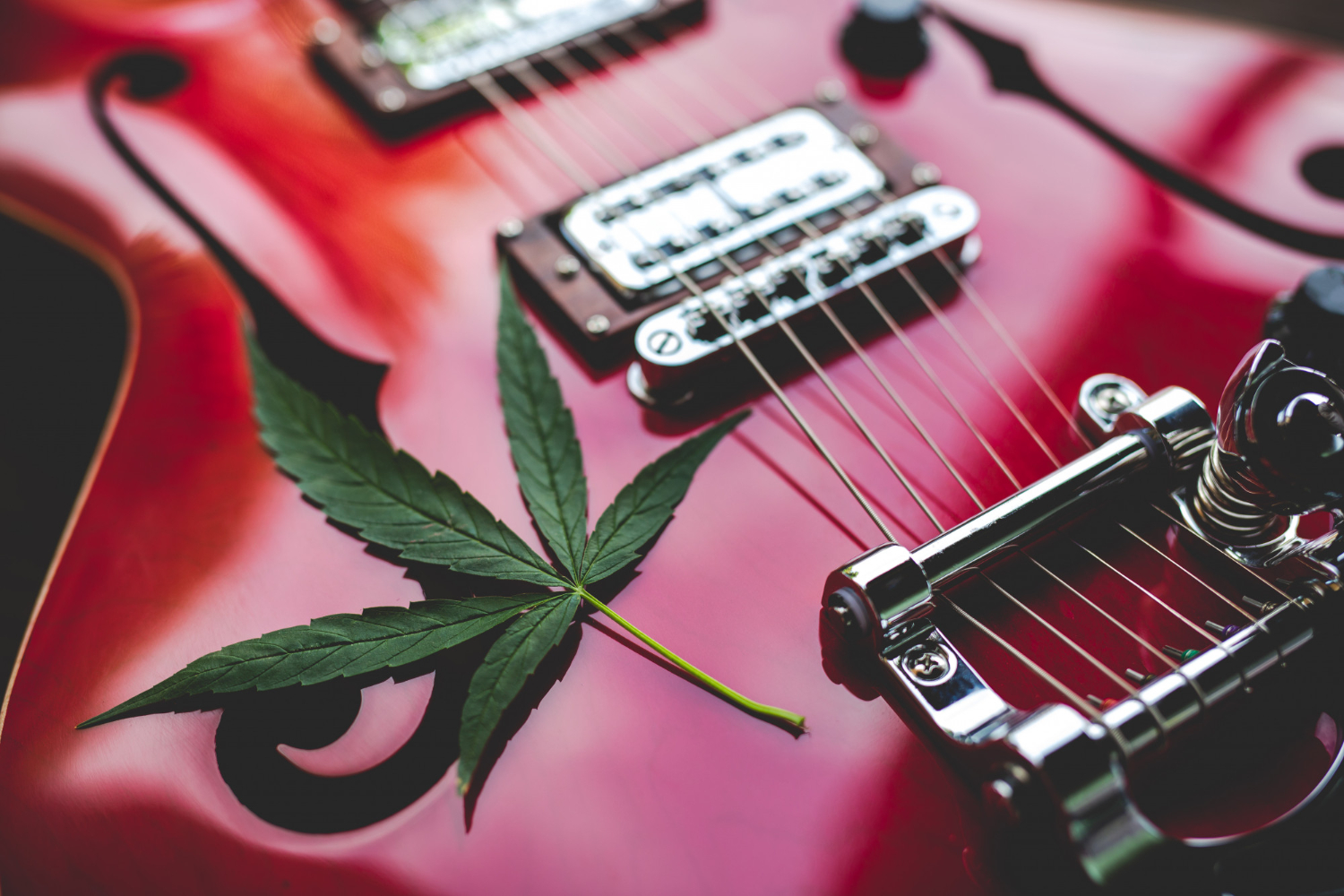Cannabis has been intertwined with human culture for thousands of years, serving as both a sacred plant in spiritual ceremonies and a muse for artistic and creative pursuits. Across continents and centuries, it has held symbolic, medicinal, and social significance, shaping the way communities express identity, belief, and creativity. From its role in ancient rituals to its enduring presence in contemporary music and art, cannabis reflects the evolving relationship between human societies and mind-altering substances. Its journey is not just about consumption, but about the cultural meanings that have been woven around it—a testament to how a single plant can influence tradition, innovation, and the collective imagination.
Cannabis in Ancient Rituals and Belief Systems

Archaeological and historical evidence shows that cannabis was used in spiritual and religious contexts as far back as 2,500 years ago. In ancient Central Asia, hemp seeds and residues have been found in burial sites, suggesting that cannabis played a role in funerary rites, possibly to aid communication with the spirit world or ease the passage of the soul. In India, it became an integral part of Hindu traditions, with bhang—a cannabis-infused drink—offered during religious festivals such as Holi and associated with the god Shiva. Ancient Chinese texts describe its use in shamanic practices, while in parts of the Middle East, early Sufi communities are believed to have used it as a means of deepening meditation and spiritual insight. In these contexts, cannabis was not merely a recreational substance—it was a tool for transcendence, reflection, and connection with the divine.
Symbolism, Identity, and Social Cohesion
Cannabis has often carried symbolic meanings tied to identity and community belonging. In some cultures, partaking in cannabis was a rite of passage, signifying maturity or readiness to participate in communal life. In others, it served as a unifying element, shared in group rituals to promote harmony, trust, and collective energy. For example, in certain nomadic societies, cannabis smoke was used in purification ceremonies or to mark significant seasonal events. These shared experiences reinforced cultural values, fostering a sense of unity that transcended individual boundaries. Even as cannabis moved beyond strictly sacred spaces, its symbolic role in representing freedom, rebellion, or countercultural identity continued to resonate through the centuries.
Cannabis as a Catalyst in Modern Music and Art
The 20th and 21st centuries have seen cannabis emerge as a powerful influence in global music and artistic movements. Jazz musicians in the early 1900s embraced cannabis as part of a lifestyle that celebrated improvisation, rhythm, and creative experimentation. In the 1960s and 70s, it became an emblem of the counterculture, closely linked with psychedelic rock, reggae, and protest music. Reggae artists, in particular, integrated cannabis into both their lyrics and their spiritual practice, using it as a symbol of peace, resistance, and Rastafarian faith. Hip-hop, electronic, and indie music scenes have also woven cannabis into their creative narratives, often using it to explore themes of freedom, introspection, and altered states of consciousness. Beyond music, cannabis-inspired art—whether visual, literary, or performance-based—continues to challenge norms, question authority, and push creative boundaries.
The Ongoing Cultural Evolution

In the modern era, cannabis culture reflects a fusion of ancient traditions and contemporary influences. Legalization movements across multiple countries have transformed cannabis from an underground symbol into a mainstream cultural reference point, opening new spaces for creative and social expression. While it retains its roots in ritual, identity, and resistance, cannabis now also plays a role in wellness, lifestyle branding, and global entertainment. Yet, its cultural resonance still draws from the same core themes that shaped its use thousands of years ago: a desire for connection, a search for meaning, and an embrace of altered perspectives. As music, art, and cultural exchange continue to evolve, cannabis will likely remain both a bridge to the past and a catalyst for future creativity—linking ancient ritualistic heritage with the rhythms and voices of the present.





